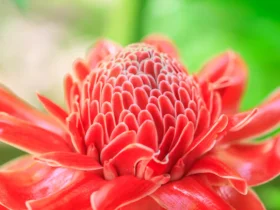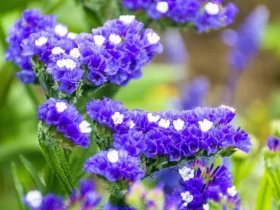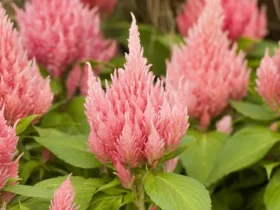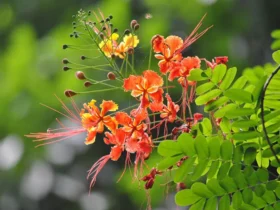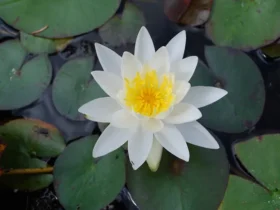Lathyrus vestitus, commonly known as Pacific Pea, is an evergreen perennial vine native to western North America. This charming vine is known for its attractive racemes of pea-like flowers, delightful grape-like fragrance, and ability to thrive in various environments.
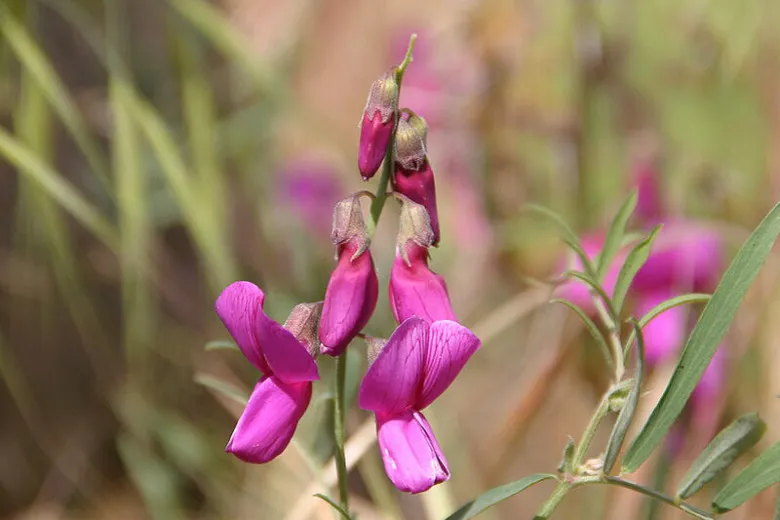
Here are the key features and care guidelines for this unique plant:
Description:
- Pacific Pea is an evergreen perennial vine that produces racemes of up to 15 pea-like flowers. These flowers come in shades ranging from bright violet to pale purple to white.
- The grape-scented blossoms are not only visually appealing but also attract butterflies and moths, adding a touch of wildlife interest to the garden.
- The vine features twining stems with small, green, veined leaflets. Tendrils at the tips of the stems help the plant anchor itself to nearby structures or vegetation.
- After flowering, Pacific Pea forms pea pods that split open when ripe, releasing spherical seeds.
Size and Growth Habit:
- Pacific Pea can grow to a height of 3 to 8 feet (90 to 240 cm) and spread to 2 to 3 feet (60 to 90 cm) in width.
- It has a climbing or sprawling growth habit, making it suitable for trellises, fences, and other support structures.
Cultural Requirements:
- This vine thrives in full sun to partial shade conditions.
- It prefers well-drained soils with a neutral to slightly alkaline pH. Pacific Pea can tolerate various soil types, including mesic, sandy, and clay loam.
- Once established, the plant is drought tolerant.
Uses:
- Pacific Pea is versatile and can be used as ground cover for banks and slopes, or it can be allowed to sprawl along the ground or climb onto support structures.
- It is suitable for various garden settings, including beds, borders, and containers.
Maintenance and Propagation:
- Pacific Pea can be propagated from seed without the need for any special treatment.
- The plant is generally not prone to serious disease or pest issues.
Toxicity:
- It’s important to note that the seeds of Pacific Pea can be toxic to humans and animals if ingested.
Origins:
- Lathyrus vestitus is native to western North America, ranging from Washington to northern Baja California. It is often found in diverse habitats such as coastal sage scrub, chaparral, and oak woodlands.
In summary, Lathyrus vestitus (Pacific Pea) is a visually appealing evergreen vine known for its fragrant flowers and ability to adapt to various growing conditions. Its versatility, attractive blooms, and contribution to preventing erosion make it a valuable addition to gardens seeking a touch of color and wildlife interest. However, due to its seed toxicity, caution should be exercised around children, pets, and livestock.
